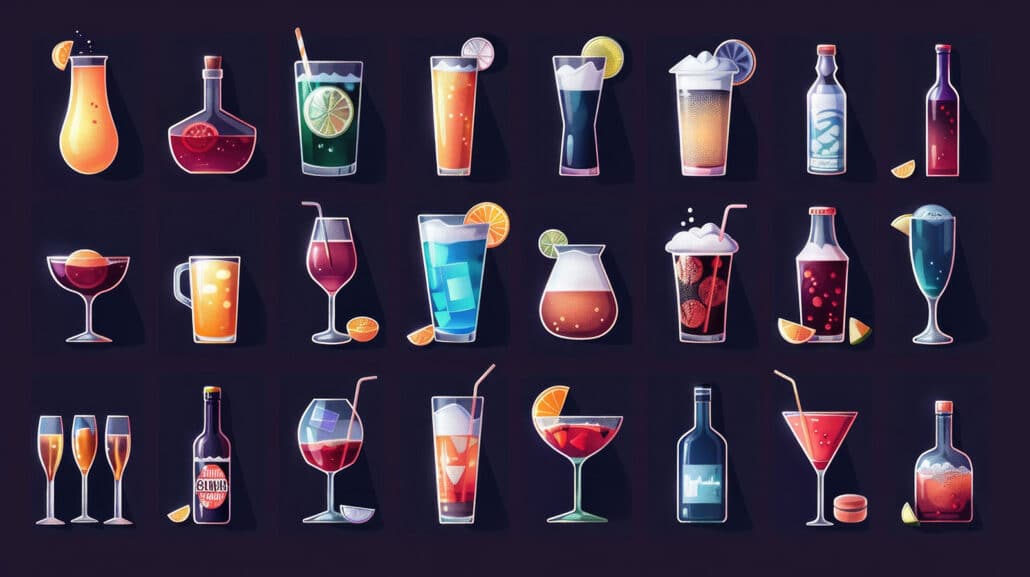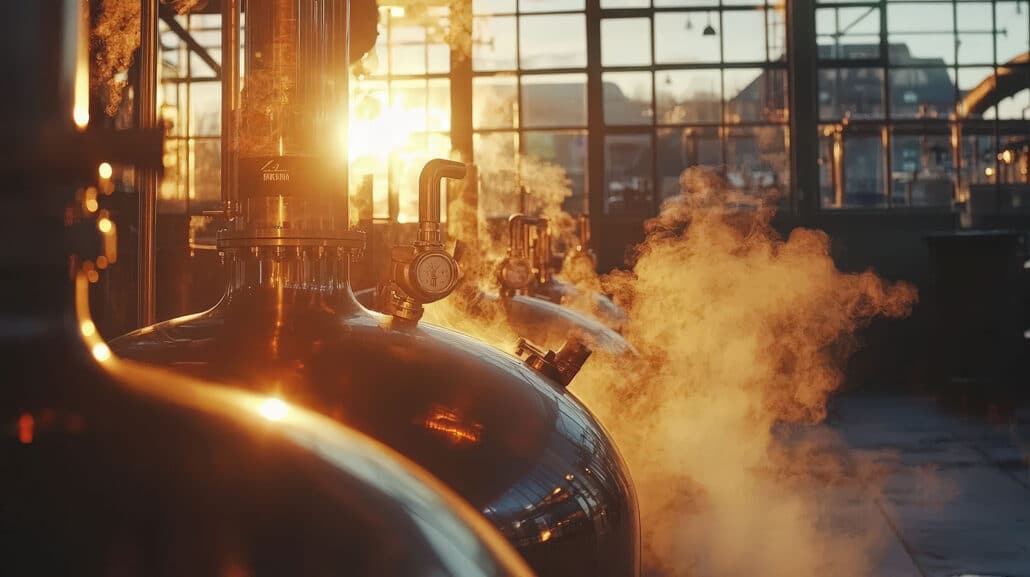Stepping into a liquor store reveals rows of colorful bottles that are often categorized by the type of beverage they contain inside. While most people know that whiskey has a distinctive flavor compared to wine, it’s common to be unsure of why certain alcoholic beverages have higher alcohol contents compared to others.
Liquor differs from beer and wine by being produced through a process that includes both fermentation and distillation. Exploring how this process works gives you insight into how certain liquor types may generate stronger responses in your body.
Being aware of which liquors have higher alcohol contents can help you practice responsible consumption and recognize the signs of addiction in you or your loved one.
Table of Contents
- 1 Learning About the Most Popular Types of Alcohol
- 2 Exploring the Fermentation and Distillation Process
- 3 Understanding Alcohol Content
- 4 Considering the Effects of Alcohol On Mental and Physical Health
- 5 Knowing When Social Drinking Becomes a Problem
- 6 Seeking Help for Alcohol Addiction
- 7 Finding Out How Long Island Interventions Can Help
- 8 Choose to Seek Help for Alcohol Addiction Today
Learning About the Most Popular Types of Alcohol

The different types of alcohol are categorized according to the ingredients used to make them. Many distilled alcoholic beverages are further categorized by their country of origin and aging process. This article explores some popular types of alcohol, from distilled spirits to fermented beverages.
Tequila
The production of tequila dates back thousands of years to when the indigenous people of Mexico used the blue agave plant to make pulque, a fermented drink used in religious ceremonies. Today, tequila is still made using water and the heart of the agave plant. Yeast helps turn the agave sugars into alcohol. Many tequilas, like blanco, reposado, and añejo, are aged in special oak barrels that enhance the flavor profile. Tequila is a key ingredient in popular cocktails like the margarita.
Vodka
Potatoes, though bland on their own, are the classic ingredient for making vodka. Other grains, such as wheat and rye, are also used. Vodka is known for its neutral flavor, making it a versatile base for mixed drinks and allowing it to be infused with botanicals, fruits, and spices.
Whiskey
There are several types of whiskey, including scotch whisky, irish whiskey, canadian whisky, bourbon, and rye. Each type is defined by its ingredients and origin. Scotch whisky, for example, is made in Scotland under strict regulations. The maturation process for whisky is lengthy, often spanning several years. Scotch whisky must be aged in oak casks for a minimum of three years. Rye whiskey, made in America, is aged for two or more years. The type of barrel used for aging, such as charred American white oak barrels, influences the final flavor profile.
Rum
Rum’s history began in the Caribbean in the 17th century. Made from sugarcane, rum is now produced worldwide. Producers ferment and distill either sugarcane juice or molasses. The resulting clear liquid is often aged in oak barrels, resulting in both dark rum and light varieties.
Gin
Gin production starts by mashing grains like wheat, barley, rye, or corn with water and adding yeast for fermentation. Distillation follows, heating the fermented mixture to create a neutral spirit. This spirit is then infused with botanicals, most notably juniper berries, to create its distinctive flavor. London dry gin is a well-known style.
Cognac
Cognac is a type of brandy with a unique distillation process. It must meet specific legal requirements to be called cognac, including using certain grape varieties and undergoing double distillation in copper pot stills. The resulting liquid ages for at least two years in oak barrels, though longer aging is common to enhance the flavor and value.
Liqueurs
Liqueurs are sweetened spirits with added flavors and a lower alcohol content. Their sweet, concentrated flavor makes them ideal for adding flavor to mixed drinks rather than being consumed neat. Examples include amaretto and triple sec.
Other Alcoholic Beverages
Beyond distilled spirits, there are many other types of alcoholic drinks. These include fermented beverages like wine (red, white, rosé, and sparkling wine), beer (lagers, porters, and stouts), hard cider, and mead. Fortified wines like madeira and vermouth also exist. Other distilled beverages include armagnac, calvados, schnapps, grappa, mezcal, and pisco. These diverse types of alcohol offer a wide range of flavor profiles and drinking experiences.

Exploring the Fermentation and Distillation Process
Liquor producers start with raw ingredients that typically come from natural sources. Grains such as rye, wheat and barley are common ingredients. You’ll also see fruit and sugarcane used to initiate the fermentation process.
The raw ingredients are mashed to create a pulp that is then mixed with yeast. As the yeast consumes the sugars in the mash to fuel its growth, alcohol is created as a byproduct. To strengthen the alcohol content in the liquor, the resulting liquid is then heated in a distillation process that concentrates the liquid.
The higher alcohol content is the biggest difference that you’ll notice between distilled spirits and brewed beverages such as beer, cider and saki. Although many craft beers are increasing in alcohol by volume or ABV levels, you’ll find that they typically range from three to 13%. Compared to liquors that can reach 40% or higher, it’s clearer how distillation can dramatically increase the alcohol content in distilled spirits.
Understanding Alcohol Content
When you talk about liquors, you’ll often hear them being referred to as being a certain proof or containing a specific ABV percentage. Alcohol proof is a basic measurement of the amount of ethanol that the beverage contains.
The ABV is a percentage amount of the same measurement. In U.S. terms, the proof of an alcoholic beverage is equivalent to twice the amount of the ABV. For instance, a type of liquor that is 80 proof would have an ABV of 40%
Taking a look at the different types of liquor and their most common ABV amounts can help you understand how one type of drink could affect your body differently than another.
- Tequila-50%
- Rum-40%
- Whiskey-36 to 50%
- Vodka-40 to 95%
- Brandy-35 to 60%
As a general rule, your body can only process around one standard drink an hour. Keep in mind, however, that everyone’s body is different. Your overall body size, current state of health and metabolism can all impact how quickly your body processes alcoholic beverages.
According to the Substance Abuse and Mental Health Services Administration, a standard drink falls within the following categories:
- 12 fl. oz. of beer with around 5% ABV
- 5 fl. oz. of wine with around 7% ABV
- 1.5 fl. oz. shot of liquor such as whiskey with around 40% ABV
For safer drinking practices, it’s generally recommended that women should avoid having more than four standard drinks on one occasion and five for men. Keep in mind that it’s also best to limit how many days a week you drink, and remember that mixed drinks may contain more than one shot of liquor.

Considering the Effects of Alcohol On Mental and Physical Health
The intoxicating effects of alcohol can temporarily make you feel relaxed or even giddy. While this is a common reason why people drink alcohol, the effects can also include feeling clumsy or drowsy.
If you drink alcohol in excessive amounts, then you could experience a loss of consciousness, memory lapses and difficulty with making important decisions. Alcohol poisoning can also occur in people who consume more alcohol than their body can safely metabolize.
The long-term effects of alcohol are also important to consider. Continuing to drink alcoholic beverages regularly can lead to health effects that include liver and heart disease. Alcohol also impacts your mental health, and chronic drinking can increase the symptoms of depression and anxiety.
Over time, you can become physically and mentally dependent upon alcohol. Watching for these signs can help you recognize when you might be dealing with alcohol dependency or misuse:
- drinking more than the recommended amount
- having to drink more to achieve the same effects
- continuing to drink alcohol despite hangovers and other negative effects
- experiencing withdrawal symptoms such as shaking, sweating and headaches
- having loved ones express their concerns
Knowing When Social Drinking Becomes a Problem
Casual drinking is often viewed as part of socializing, and you may be offered liquor at events that range from corporate conferences to weddings. While having an occasional drink at these events is normalized, it is possible for casual drinking to cross the fine line into alcohol abuse.
Paying attention to these signs that you or someone you love has an unhealthy relationship with alcohol can help you know when it’s time to seek professional care.
- Pre-drinking before social events
- Continuing to drink after the socialization is over
- Drinking alone at home
- Overindulging or hiding how much alcohol you consume
- Facing noticeable consequences such as receiving DUIs
- Struggling to stay sober for work or family responsibilities
Seeking Help for Alcohol Addiction
Once you notice the signs of alcohol misuse, it’s typically already time to seek professional help. Long Island Interventions offers mental health assessments that can help you identify if you or your loved one are dealing with an alcohol addiction along with other co-existing conditions.
If you need help talking to a loved one about their alcohol use, then an interventionist can assist your family with making a connection that inspires them to seek sobriety. Our treatment programs also include several types of detox plans that can help ease withdrawal symptoms and give you strength for the initial stages of your recovery. Here, you can also find inpatient and outpatient treatment programs to fit your needs.

Finding Out How Long Island Interventions Can Help
Connecting with a full-service treatment program surrounds you and your loved ones with the support you need for a healthy recovery. Each individual struggling with alcohol abuse receives a personalized treatment plan that includes research-based approaches to addressing underlying issues.
Individual, group and family therapy are available to help you begin establishing new healthy habits and building strong relationships with people who support your sobriety. You can also use holistic and wilderness therapy to round out your care and gain more confidence as you work towards independent living without the use of alcohol.
Choose to Seek Help for Alcohol Addiction Today
Alcohol addiction tends to build slowly until the consequences for your life are no longer easy to ignore. Noticing the signs of alcohol misuse in you or your loved one might be upsetting, but you are not alone. Long Island Interventions provides comprehensive addiction treatment and support that helps you start the recovery journey.
The compassionate staff at Long Island Interventions is ready to help you make the first steps toward recovery. Reach out to our team today. Together, we’ll help you begin building a personalized care plan that restores your hope for a healthy and happy future.
Published on: 2025-02-01
Updated on: 2025-06-05

